Whispers from the Stone: The Rock Paintings of Mirmalas Cave in Kuhdasht, Iran

By Pooneh Nedai
Editor in Chief of Shokaran Magazine, Iran
TEHRAN: Deep in the mountains of Lorestan Province in western Iran, there is a hidden treasure: the rock paintings of Mirmalas Cave, near the city of Kuhdasht. These ancient artworks give us a special look into the lives, thoughts, and creativity of people who lived thousands of years ago on the Iranian plateau as if the stones are whispering about history.
Discovery and Location
Mirmalas Cave is in the Zagros Mountains, around 18 kilometers from Kuhdasht. This area has a long and rich history and has been home to people since very early times. The cave, naturally formed in the limestone rocks, contains many old paintings and carvings. These artworks mostly show scenes of hunting, animals, and symbols.
The paintings were made with red, black, and white colors, and experts believe they are between 8,000 and 12,000 years old. They may date back to the Upper Paleolithic, Mesolithic, or possibly Neolithic times. The images include humans with bows and arrows, people on horseback, and animals like deer and goats. Some pictures may also show religious or social ceremonies.
Artistic Significance
The paintings are simple but full of expression. Although the figures are not detailed, they clearly show movement and action. They show that hunting was so important to the people not just for food but maybe for spiritual reasons too.
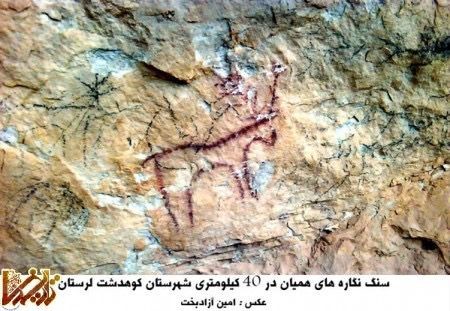
These paintings also help scientists understand how early humans began to think and express with symbols and used pictures to communicate ideas. They show how people connected with nature and with each other in early societies.
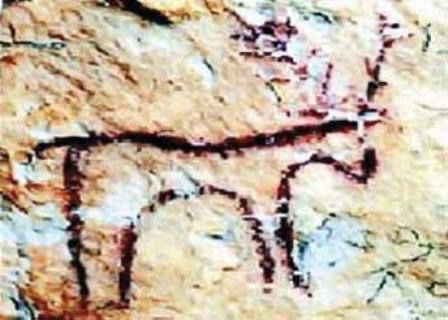
The First Foreign Archaeologist
The first foreign archaeologist who studied the Mirmalas paintings was Henri-Paul Eydoux, a French expert in ancient history. He visited Iran in the middle of the 20th century as part of a French research mission. While many foreign archaeologists focused on famous places like Persepolis, Eydoux paid attention to lesser-known sites like Mirmalas.
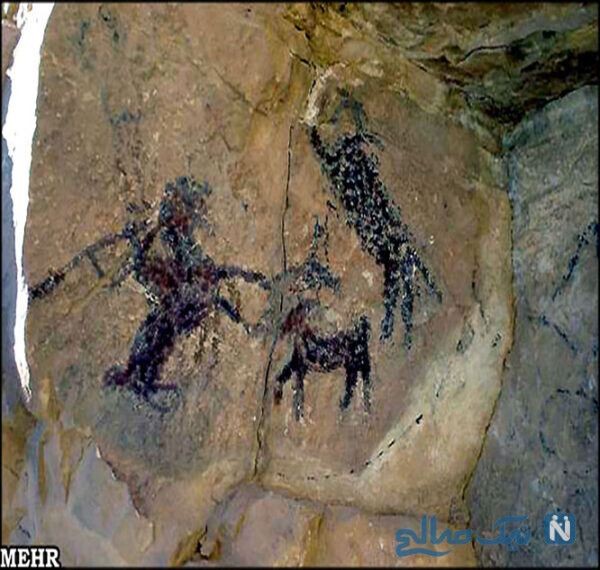
His writings about Mirmalas were published in French journals and helped bring attention to Iran’s prehistoric rock art. Actually all of the essays and articles about these paimtings refers to his research. He noticed that the style of these paintings was similar to rock art in North Africa and Europe, which may suggest cultural connections or similar artistic development.
Cultural and Scientific Value
The Mirmalas rock art is not just important to Iran—it is important to the whole world. It is part of a larger tradition of Zagros rock art, found in both western Iran and northern Iraq. These paintings help researchers understand how people moved, lived, and thought during the time when humans were changing from hunters to farmers.
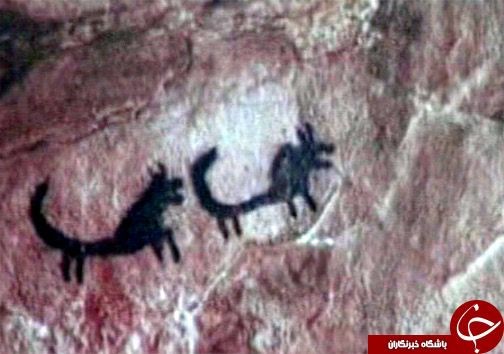
Unfortunately, the paintings are in danger because of weather damage, vandalism, and lack of suitable protection. In recent years, Iranian experts have tried to protect and record the site.
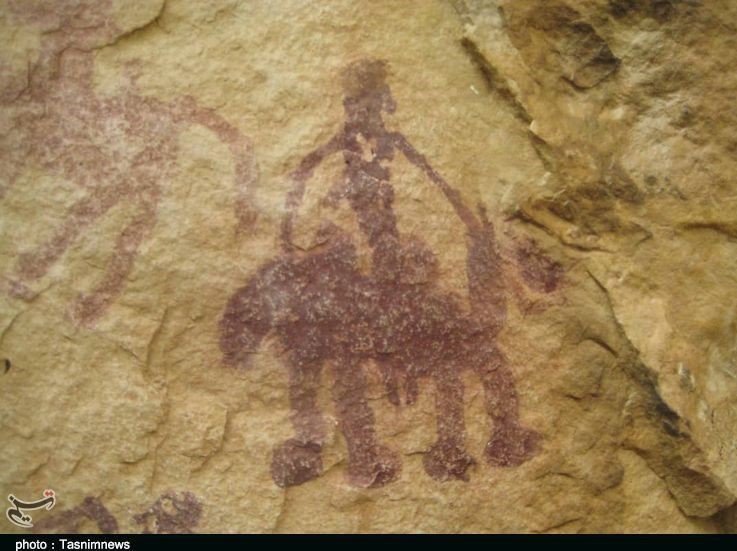
I believe paintings in Mirmalas Cave are like a window to the past. Their shape still attracts the interest of visitors and researchers. These ancient artworks are now part of the world’s history. But to keep them safe for future generations, we need to study, protect, and share their story with the world.




